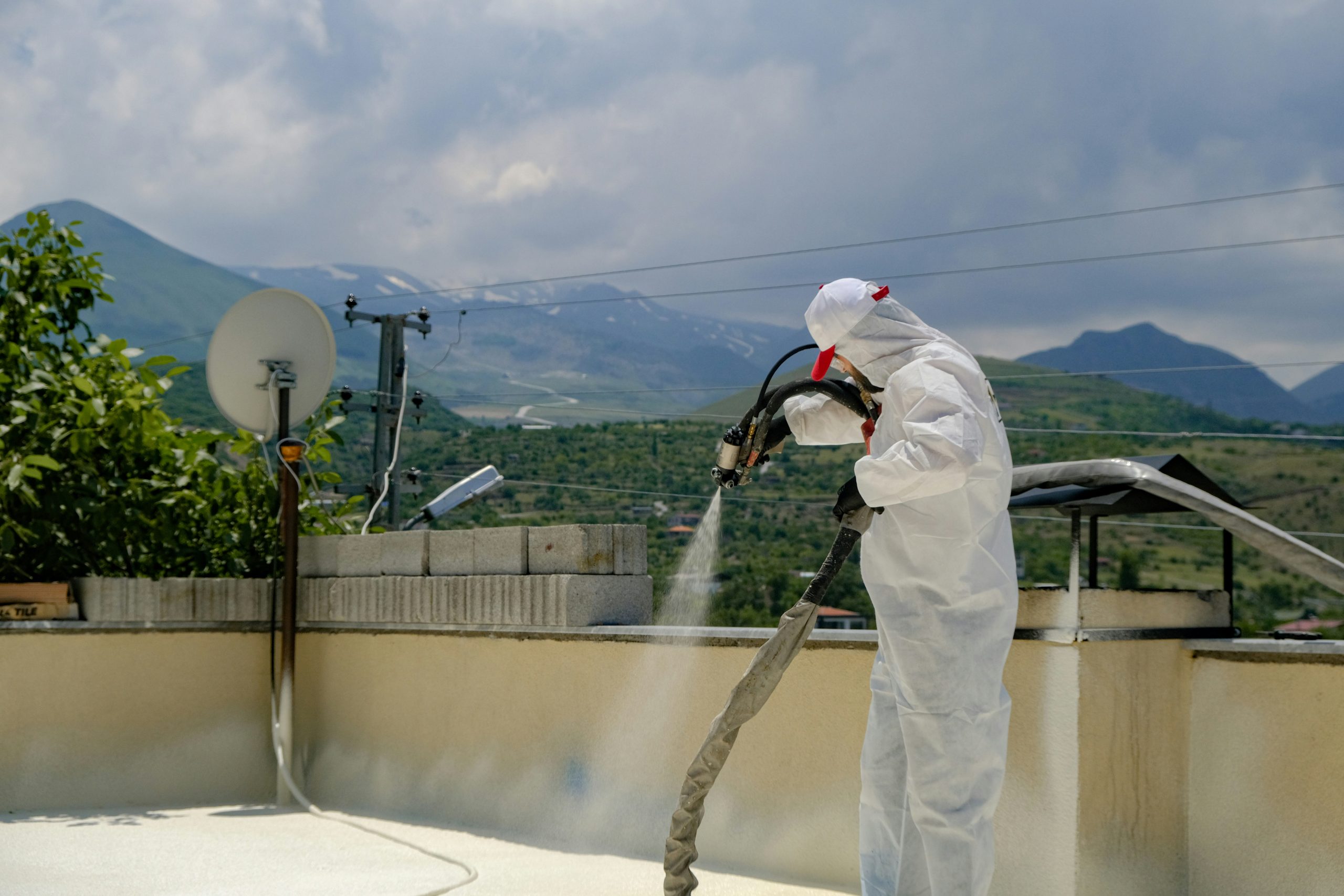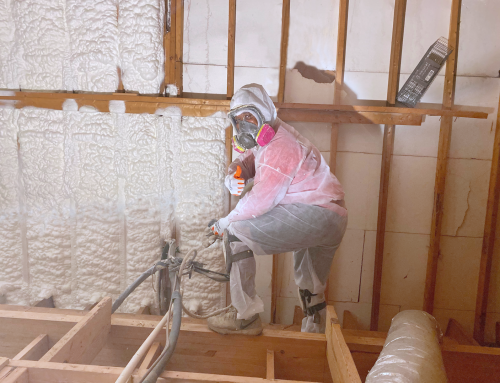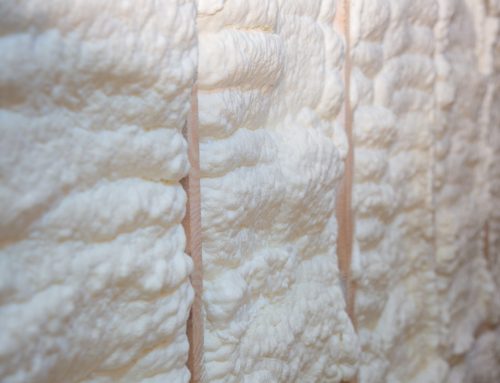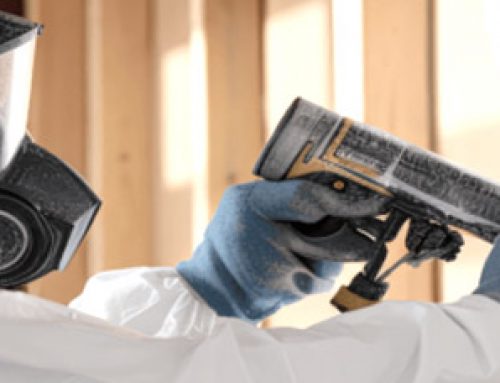14 Cars Off the Road: Study Quantifies Closed-Cell Insulation Spray Foam’s Numeric Global Warming and Energy Efficiency

In fascinating news, an updated 75-year study, Counting Carbon: Demand a Better Insulation in Your Next Home, has been published by the SPFA regarding the specific impact that spray foam has on the environment. It is commonly accused of having a negative impact on the environment, since the spray polyurethane foam does release greenhouse gases upon application. The counterpoint has always been that due to its superior R-value, spray foam insulation has a better impact in the long-term. The study puts those arguments to the test.
Their conclusion? Using spray foam insulation rather than fiberglass has the equivalent effect of removing 14 cars off the road.
The study was done in average-sized 2,500-square-meter homes in 3 different cities: Houston, Texas; Richmond, Virginia; and Minneapolis, Minnesota. Spray foam insulation was used in the roofing without venting and it was used in the attic floor as well with venting. The baseline of the houses was insulated with fiberglass.
Though a comparison between each of these three cities in difficult due to their different climates, comparisons were made between houses built in different eras.
The Figures Used for Calculation
The most important figures of the study were the following:
- HERS Scores: The Home Energy Rating System (HERS) score is an index reflecting the energy efficiency of a home. A lower score indicates higher energy efficiency.
- HERS score of 100 was what a home got that met the 2006 Energy Code Requirements;
- Older homes were rated with a HERS score of around 120 to 150 while newer ones using more efficient spray foam materials received a score of between 50 and 70;
- Energy Released from Installation: The study estimated the annual energy consumption (in natural gas terms and electricity kWh).
- Both fiberglass and spray foam insulation result in an initial negative impact on the environment before the benefits of the insulation are able to kick in.
- Spray foam insulation required 8,520 metric tons of Co2 to be released compared to 1,630 for fiberglass.
- Environmental Recovery Period: The environmental recovery period refers to the time it takes for the environmental benefits of the material insulation to offset its higher initial environmental impact compared to fiberglass insulation.
- Fiberglass’ environmental recovery period and spray foam’s each took several years, with spray foam taking only a couple years longer on average.
- Annual Energy Savings: Due to its superior R-value, the study found that spray foam resulted in a reduction of 950 metric tons of Co2 being generated per year compared to the energy generated in the case of fiberglass insulation.
5. Global Warming Potential Payback: The Global Warming Potential (GWP) payback period represents the time it takes for the environmental benefits of spray foam insulation to offset its higher initial GWP compared to fiberglass insulation.
GWP Payback: Overall Environmental Impact Results
Based on its superior performance, it took attic spray foam insulation on average 7.2 years, according to the study, before its global warming payoff overtook that of fiberglass. In Houston, Texas, with the spray foam insulation in the attic, the GWP payback for SPF insulation was approximately 7 years while in Minneapolis, MN, this figure was approximately 8 years.

The Verdict
This study has provided extraordinarily useful information and cleared up some stereotypes. While it is true that a foam insulation sprayer does generate greenhouse gases, what is often missed in the spray foam vs fiberglass insulation debate is that this is also true of fiberglass. Putting numbers into perspective provides a lot greater certainty, which is necessary considering the importance of humans’ impact on the environment. We cannot be overly concerned with the heat generated from insulation if we do not even properly trap in the energy we generate at home on a daily basis ourselves.
This is conclusive evidence that spray foam insulators are better for the environment and global warming than fiberglass. All it takes is 7 years before the benefits start to outweigh those of the materials of old. Keep that in mind for the future. If you put a high price on environmental friendliness, spray foam insulation and its R-value are your best option.
Ecothermix produces some of the most environmentally friendly, cutting-edge closed cell foam insulation spray around, as well as being the most versatile and easy to handle, especially for those hard-to-reach spaces.
Get in touch with us and order yourself a can of Ecothermix today.
.







